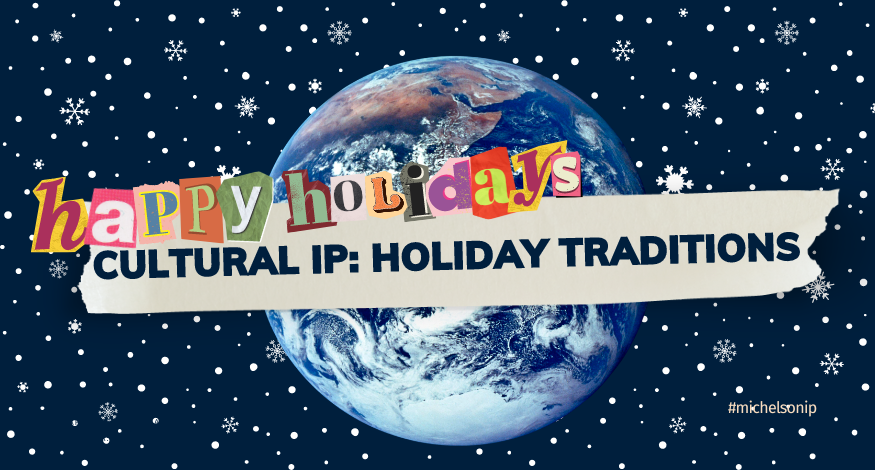As we find ourselves amidst the holiday season, with its myriad of global celebrations such as Hanukkah, Kwanzaa, Christmas, and others, it becomes a time of heightened creativity and innovation. From festive songs and paintings to unique holiday recipes and decorations, the spirit of the season inspires a plethora of intellectual creations. This surge of creativity, however, also brings to the forefront the critical role of Intellectual Property (IP) in protecting and sharing these innovations.
IP in Holiday Traditions
Many holiday classics, including songs and movies, are protected under copyright. For instance, playing a popular Christmas song in a commercial setting might require a license. While recipes themselves are not copyrighted, the unique way they are presented or packaged might be. This includes holiday-specific recipes that have become family or cultural trademarks.
Artistic creations specific to holidays, such as Hanukkah menorah designs or Kwanzaa-themed artwork, are often protected under copyright laws. Some portrayals of holiday figures, though, are in the public domain and are not copyrightable as a result.
For example, the character Rudolph the Red-Nosed Reindeer, initially created as a marketing gimmick for Montgomery Ward in 1939, has become an iconic part of Christmas lore. The character’s image and the original story are protected under copyright laws; however, the general concept of a red-nosed reindeer has become a cultural staple during the holiday season, one which is not copyrighted. Specific depictions of Rudolph, particularly those from the 1964 animated television special, are copyrighted and would require permission for use. The case of Rudolph exemplifies how a character created for commercial purposes can transcend its origins and become a significant part of public domain holiday traditions while still having aspects that are protected by IP rights.
Navigating IP Respectfully and Legally
As we explore the various forms of IP commonly associated with the holiday season, it’s equally important to understand how to engage with these creative works in a manner that’s both respectful and legal. This not only ensures compliance with the law, but also fosters an environment of mutual respect among creators and consumers.
- Seek Permissions and Licenses: If you’re using someone else’s IP, such as playing holiday music in a store or using a specific decoration design, ensure you have the necessary permissions or licenses. As a note, it is generally legal to use music in a non-commercial manner.
- Be Mindful of Cultural Sensitivities: When borrowing from holiday traditions different from your own, it is important to do so respectfully and acknowledge the origins.
- Protecting Your Own Creations: If you’ve created something unique for the holidays, consider securing IP protection to safeguard your rights and control how it’s used.
The holiday season, with its global and diverse celebrations, is a time when the significance of IP becomes particularly evident. Understanding and respecting IP rights not only fosters a fair and ethical environment, but it also encourages further creativity and sharing in the spirit of the season. As we delve into this festive time, let’s celebrate innovation while honoring the legal and ethical frameworks of Intellectual Property.
_________
The Michelson Institute for Intellectual Property, an initiative of the Michelson 20MM Foundation, provides access to empowering IP education for budding inventors and entrepreneurs. Michelson 20MM was founded thanks to the generous support of renowned spinal surgeon Dr. Gary K. Michelson and Alya Michelson. To learn more, visit 20mm.org.

